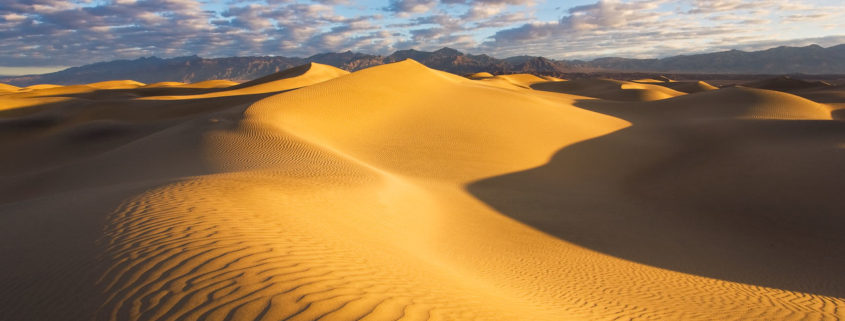How to Compose Photos to Tell Your Story
We take photos to tell a story. The story can be the description of a place, our reactions in front of a scene, or our conveyed feelings through our personal interpretation of a scene. Through an image, we convey a message to the viewer… our message.
Composition is one way we have to tell our story, to convey our message in the simplest and most powerful way. The tools of composition, what we can think of as the grammar of the visual language, are strongly based on how humans visually perceive the world. For example, millions of years of evolution have shaped our brains to pay a lot of attention to certain details and to ignore others. If we know some of these prerogatives of the human vision, we can use them to our advantage to tell our story.
Scanning an Image
The first fundamental way humans look at an image is by scanning it. Our eyes are first drawn to the brightest portions of a scene. They then wander around the image looking for lines and patterns to follow. This is how we can direct the viewer to the center of our story and choose how it unfolds.
Falling
In Falling (the photo below), I chose a relatively bright and warm foreground with lots of interesting details. I know this is where the viewer will first focus their eyes. Once I have their attention, I use strong leading lines that fall sharply towards the rock formation. This leads the viewer to the agitated ocean at the bottom. The story I want to tell is one of emotional imbalance, a sense of falling precipitously towards the bottom. The horizon is used to establish the horizontal reference.
Misty Gate
Misty Gate (below) is an example of how to use leading lines, the juxtaposition of warm and cold colors, and positive and negative space to compose a strong story-driven image.
I intentionally divided the image into four quadrants, two horizontal halves and two vertical halves intersecting. On the bottom left, I put the bright anchor and a strong leading line to lead to… nowhere. The left of the image is the positive space, warm and bright, while the right of the image is the negative space with cold colors to balance.
“There still were so many people leaving a warm and bright place, heading towards what they could not see at the end of the bridge, if there was an end, looking for something either better or entirely different, or simply crossing without knowing why.”
This was my story.
Golden Wave
Where a leading line draws the viewer into an image, an S-curve, by changing direction, can easily fill an area itself. The S-curve becomes the subject rather than just a compositional tool.
The S-curve creates a sense of motion – where the eye flows, the subject appears to be moving. Consider the undulating sand dune in the photo below – Golden Wave where, in a captured moment, it looks to be moving along its length. This same principle can give motion to any static S-shaped subject that has a directional front and back. By moving the S-curve from left to right, I also implicitly try to appeal to western viewers who are used to reading left to right.
Another compositional tool is at play in this image. Placing a warm color (the yellow sand) in front of a cold color (the blue sky) tricks the brain into perceiving more depth and tri-dimensionality in the scene.
Enough
Where leading lines and elements placed off-center imply motion and dynamism, a centered subject with horizontal lines conveys a message of stability and tranquility. The story slows down, becomes more intimate and pondered, whispers instead of screaming for attention. In Enough (below), I intentionally placed the subject in the middle of the image because I was looking for that calm and tranquility in that period of my life. To strengthen the message, I chose a palette of cold and pastel colors that further reinforce the idea of stillness.
Mastering composition takes years of practice. It involves learning to see and to arrange an often chaotic subject into a pleasing and interesting composition. The more subtle nuances of compositions are the ones that take many years to fully appreciate and build into your photos.
But composition doesn’t work in isolation. Light and subject are just as important to the story. Great photos have an interesting subject, are photographed in beautiful light, and are composed in an interesting or dynamic way. You might not always encounter the best possible light or the most interesting subject, but you always have control of your composition and you can always use it to tell your story.
Great photos tell a story….and your compositions are a powerful way to convey those to your viewers.







